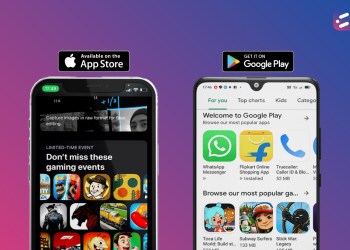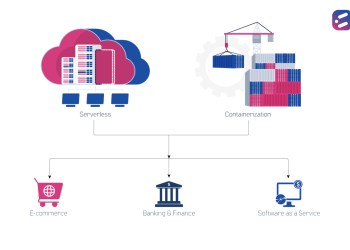For an immersive user experience, the user’s senses need to be involved to the extent possible. While buzzes and vibrations stimulate the sense of touch, especially on mobile devices, tech products primarily engage the senses of sight and sound.
Too often, discussions about application UI/UX center around elements of visual design, with sound design invariably considered to be of secondary importance. At CloudNow, when our experts sit down to create UX that works for our users, we integrate both visual and sound together to deliver a completely engaging experience.
A new brand dimension
We focus on creating proprietary audio assets wherever possible and suitable. That’s because the sound of a brand, when done right, is as important as its look.
There are certain sounds that every user immediately identifies with the products associated – the new message notification tone on WhatsApp or Skype and the distinctive ringtone on an iPhone, to name a few examples. The Nokia Tune was, in its time, one of the world’s most recognized audio brand assets.
Such sounds add tremendous value to UX, to the extent that they have become associated with the brands themselves.
Probe with questions… you will find the essence of sound.
Audio and visual design of the application’s UI/UX are closely related. When our UI/UX team sits down to create sound design, we start by asking ourselves:
- What is the product?
- What audio elements do we need?
- What kind of audio setup are our users likely to use?
- What is the overall brand personality, and what is the specific mood needed?
- Do we need to invest in custom compositions and recordings?
1. What is the product?
The nature of the product will tell us a great deal about the audio design that we will need. A mobile game, for example, will need very different soundscapes from a learning management system or an ERP.
Consider this simple contrast – the loading music for SEGA and that of Apple. In theory, both are the same kind of sound. However, the kind of product is so markedly different that the nature of the music is, as well.
2. What audio elements do we need?
Notifications. Alerts. Error messages. Success messages. Keystrokes. Clicks. Animation effects. Narration. Background music. Depending on the nature of the product, it should be clear which elements are required before we begin work. For instance, narration is rarely required except for an LMS or mobile game, while most applications would make use of some form of alert or notification sounds.
As messaging platforms, WhatsApp and SnapChat have a message-received tone that is key to their branding.
The iPhone uses distinctive tones for typing.
3. What kind of audio setup are our users likely to use?
Excluding higher-end gaming systems, most low-to-mid-level mobile phones and laptops use speakers that are designed to boost mid-high frequencies and cut down low frequencies. Before we roll out UI/UX design, we listen to our tones and tunes with devices similar to those that our users are likely to utilize, rather than with our heavy duty editing setup.
4. What is the brand personality, and the mood we want to create?
Brand personality can be communicated very eloquently through sound design, even for business applications. Error messages are a classic example. Should an error be marked by a loud oops sound? Or something more subtle? Mood is even more important for games and game-based learning apps. During a countdown, fast beeps that indicate the time remaining increases excitement.
Error notifications can be serious…
… or funny!
5. Do we need to invest in custom recordings?
In most cases, royalty-free sound effects and music are sufficient. New sounds are primarily required for high-profile applications, products that are connected to the music industry, or when the sound is integral to the product. In most other cases, standard sound effects are not just more cost-effective but also more immediately understandable.
Audio design adds a valuable layer to UX by conveying a mood or sharing additional information through intelligent soundscapes. Since sound is one of the key senses engaged when working with a digital product it’s important to integrate both visual and audio (and other elements too in some cases) to bring out the best possible user experience.
Planning to get started on your next application development project? Keep UX front and center in your list of priorities – and make sure that includes sound design too. Talk to our experts today for a consultation.












